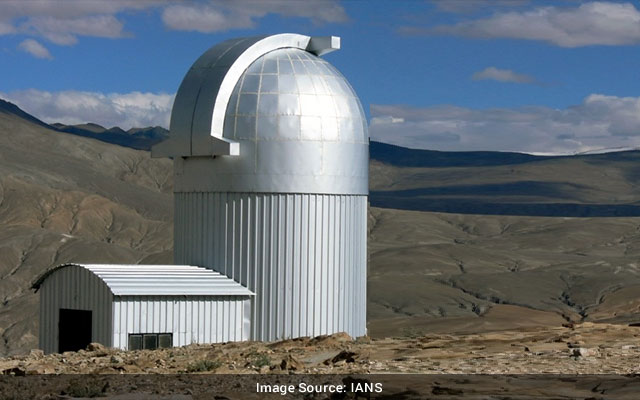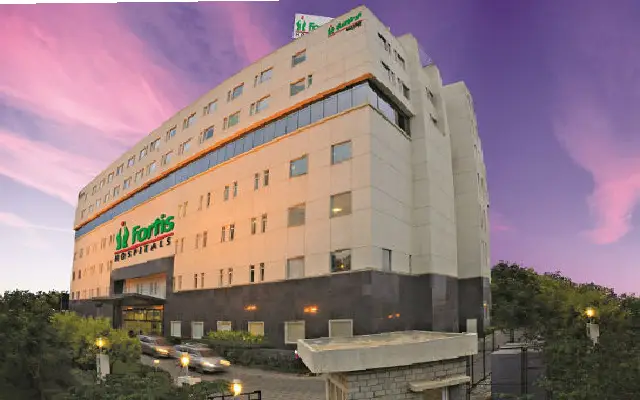New Delhi: The advantages of more clear nights, minimal light pollution, background aerosol concentration, extremely dry atmospheric condition, and no interruption by monsoon are amongst the reasons that have made the Indian Astronomical Observatory (IAO) at Hanle in Ladakh one of the promising observatory sites globally, as per a recent study.
Researchers from India and their collaborators carried out a detailed study of the night-time cloud cover. They used re-analysis data, combined from assimilation and observation extending over 41 years, along with 21 years of data from satellites, a Science and Technology Ministry statement said on Thursday.
The study classified the quality of observable nights for different astronomical usages like photometry and spectroscopy on a daily basis. They analysed datasets for the Indian Astronomical Observatory (IAO) in Hanle and Merak (Ladakh), and Devasthal (Nainital) in India, Ali Observatory in the Tibet Autonomous Region in China, South African Large Telescope in South Africa, University of Tokyo Atacama Observatory and Paranal in Chile, and the National Astronomical Observatory in Mexico.
The Hanle site is as dry as Atacama Desert in Chile. It is much drier than Devasthal, has around 270 clear nights in a year. Hanle is also one of the emerging sites for infrared and sub-mm optical astronomy. “This is because water vapour absorbs electromagnetic signals and reduces their strength,” the release said.
The research was led by Dr Shantikumar Singh Ningombam of IIA , Bengaluru. Scientists from Nainital, and St Joseph’s College, Bengaluru, South Korea, University of Colorado and CSL, NOAA also took part. The Monthly Notices for Royal Astronomical Society (MNRAS) published the report.
“To plan for future observatories, such detailed analysis of data from multiple sites over many years is crucial. So is the prediction of their variation with time,” said Ningombam.
Researchers found Paranal, located in a high-altitude desert in Chile, to be the best site. This is in terms of clear skies with around 87 per cent clear nights in a year. IAO-Hanle, and Ali observatories, are located around 80 km from each other. They are similar to each other in terms of clear night skies. Devasthal has a slightly larger number of clear nights. Monsoons affect the site for about three months in a year. However, night observations from 2m-Himalayan Chandra Telescope (HCT) are possible throughout the year. There is no interruption due to monsoons.
“Due to the advantages of more clear nights, minimal light pollution, background aerosol concentration, extremely dry atmospheric conditions, and (the place being) uninterrupted by the monsoon, this region is becoming one of the promising sites globally for the next generation of astronomical observatories,” the study said.
The cloud cover fraction for Hanle, Merak, and Devasthal in India and Ali in China were 66-75 per cent, 51-68 per cent, 61-78 per cent, and 61-75 per cent, respectively at various time resolutions using satellite-era and reanalysis data.
IIA had installed the 2-metre aperture Himalayan Chandra Telescope (HCT) at Indian Astronomical Observatory (IAO), Hanle, during 2000. Thereafter, several astronomical telescopes operating at optical and infrared wavebands have been installed at Hanle by several Institutes in the country.



















